news & updates
A hands-on collaboration with students from the European Master in Food Studies led to the creation of vegan cinnamon twists made with MycoSpan™—showcasing the power of co-creation, curiosity, and upcycled ingredients.
At Dapibuset , we believe the future of food innovation lies in collaboration—It doesn’t just happen in isolation—it thrives where academic curiosity meets real-world challenges. This spring, we had the pleasure of collaborating with four talented students from the European Master in Food Studies (EMFS) program at Lund University: Ana Clara de Araújo Cardoso, David Costa Oliveira, Shenying Chen, and Philipp Uebele.
As part of their “Integrated Food Project” course, the students spent several weeks experimenting with MycoSpan™—our upcycled, fermented ingredient—to develop an entirely new food product.
Their creativity and persistence brought fresh perspectives to our work, blending the rigor of scientific research with the entrepreneurial mindset needed to shape the future of food.
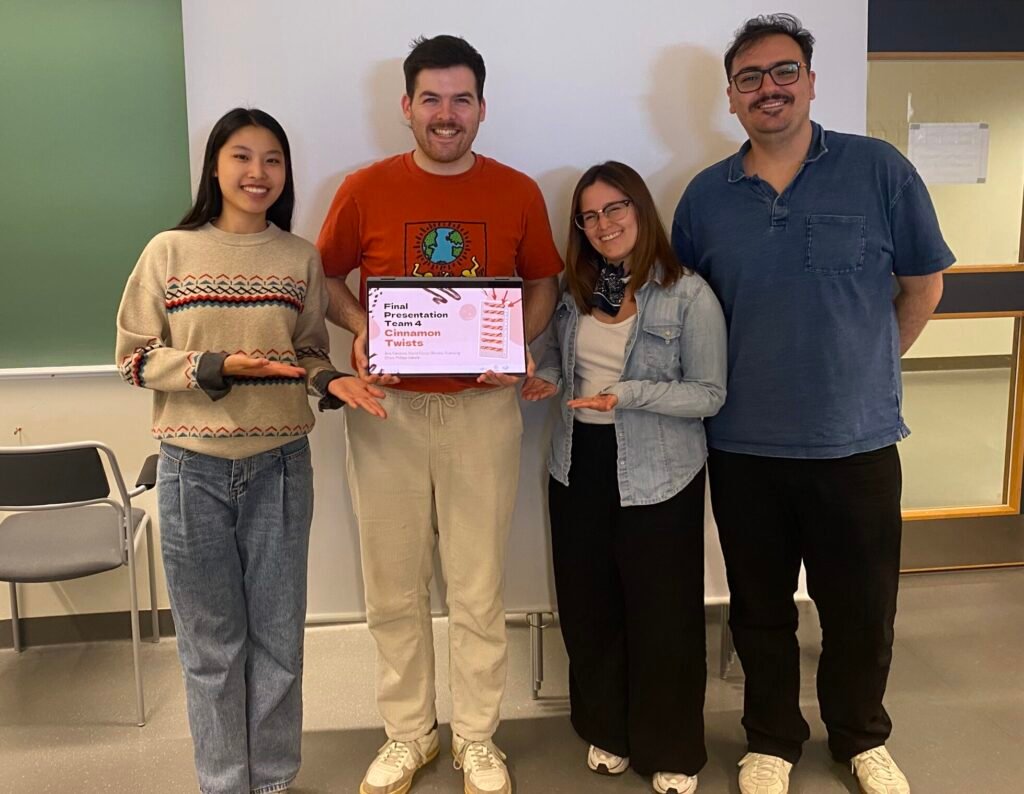
From left to right: Shenying Chen, Philipp Uebele, Ana Clara de Araújo Cardoso, and David Costa Oliveira – students from the European Master in Food Studies (EMFS) program at Lund University.
Mycospan™ was originally developed as a sustainable protein source for animal feed. But thanks to its rich nutritional profile, pleasant fermented flavor, and minimal environmental impact, it’s proving to be a powerful ingredient for human food. Mycospan™ is now also being developed for human consumption through our food-focused sister company, Food4P.(Read more about it in our blog post: “From Feed to Food: Inside Our First Food Tasting Event”)
A Sustainable Twist on Tradition
Inspired by Sweden’s beloved kanelbulle (cinnamon bun), the students set out to explore how MycoSpan™ could shine in a sweet pastry format—something we had never tried before. Their challenge was to balance sustainability, texture, and taste while showcasing the unique character of our upcycled, fermented ingredient.
The result was vegan cinnamon twists made with a blend of MycoSpan™ flour—a modern, snackable take on the classic bun that leans toward cinnamon sticks or cookies.
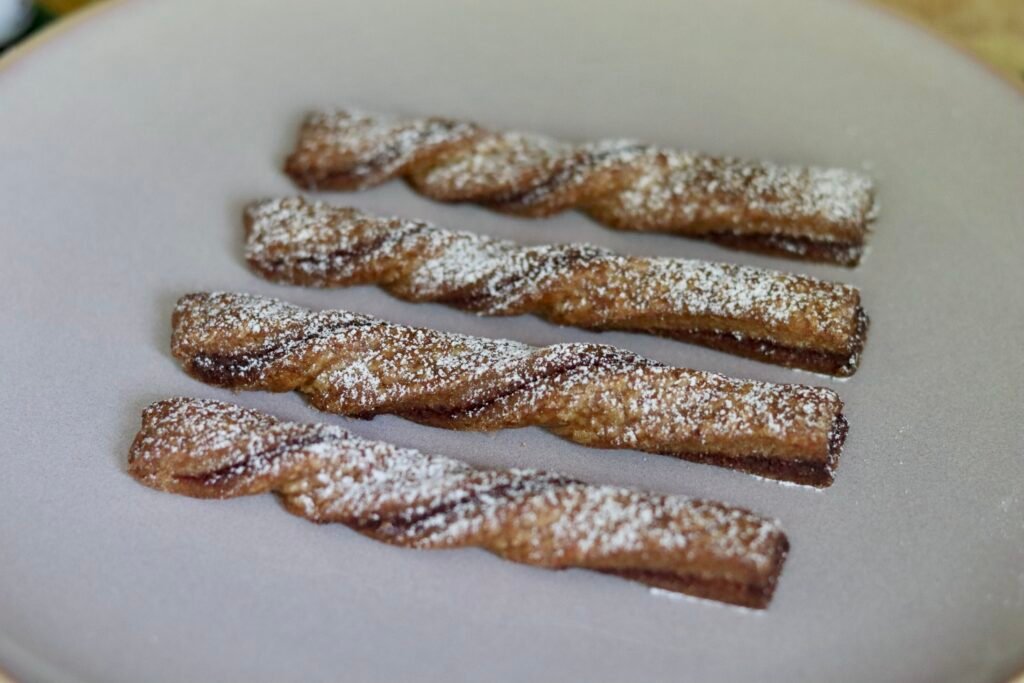
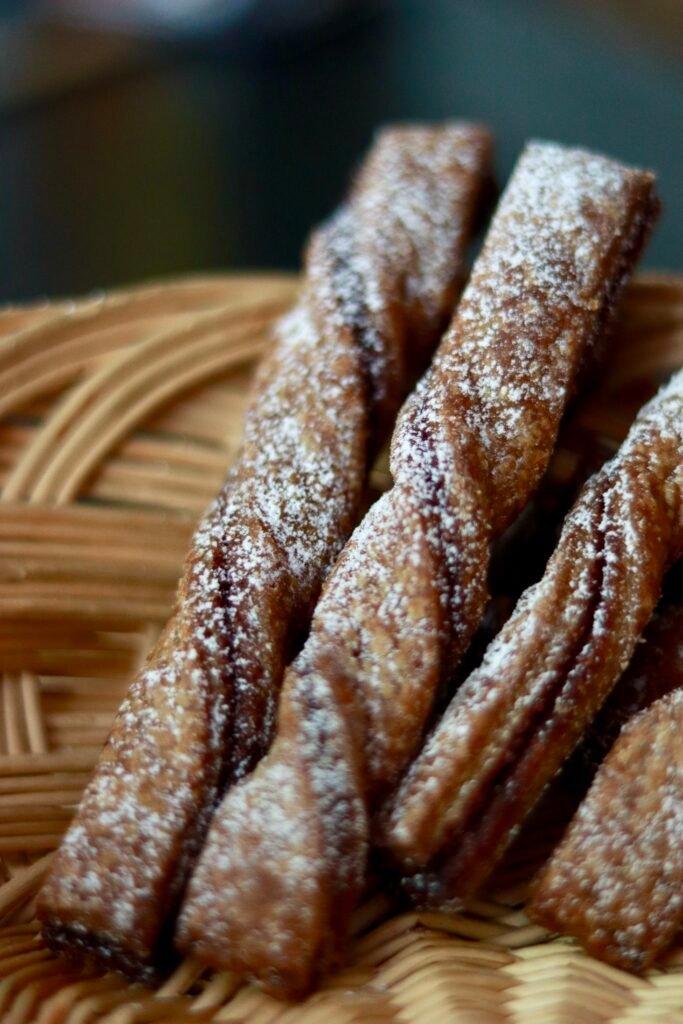
Highlights of Their Process
The students took a truly hands-on approach, testing and refining every element of their recipe through a series of structured experiments:
- Flour blends: They tested different ratios of MycoSpan™ to standard wheat flour, aiming to use as much MycoSpan™ as possible while maintaining great taste, texture, and workability.
- Binders & structure: Natural binders like psyllium and xanthan gum were tested to counterbalance MycoSpan’s lower gluten content.
- Fats & hydration: Different fat sources and hydration levels were tested to achieve a soft, yet firm texture. An emphasis was put on testing more sustainable and local fat alternatives.
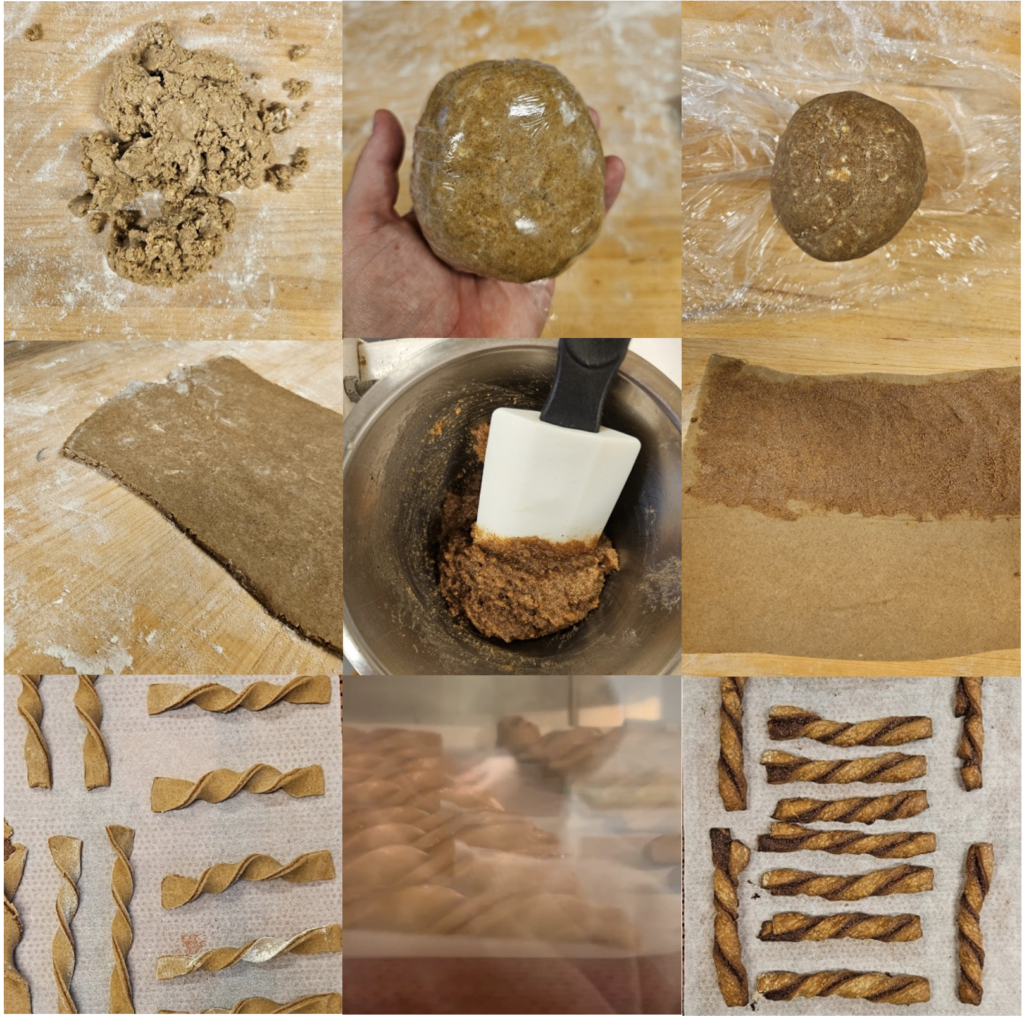
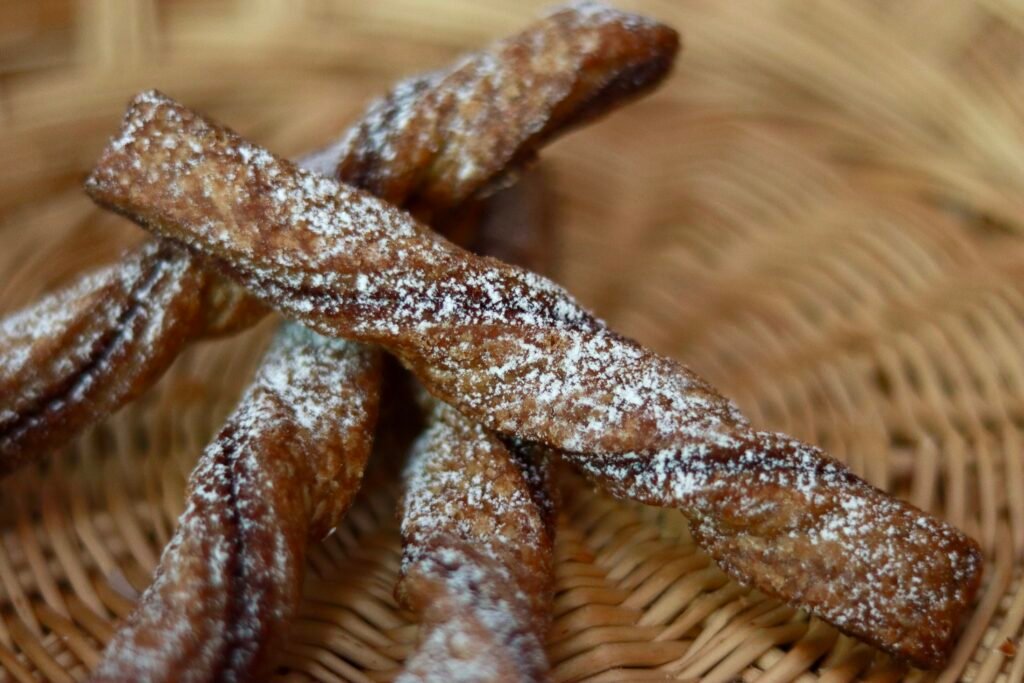
- Baking trials: Multiple baking times and temperatures were tested to balance crispness, softness, and moisture retention.
- Sensory testing: Taste panels evaluated texture, sweetness, and the subtle fermented notes of MycoSpan™, giving valuable consumer feedback.
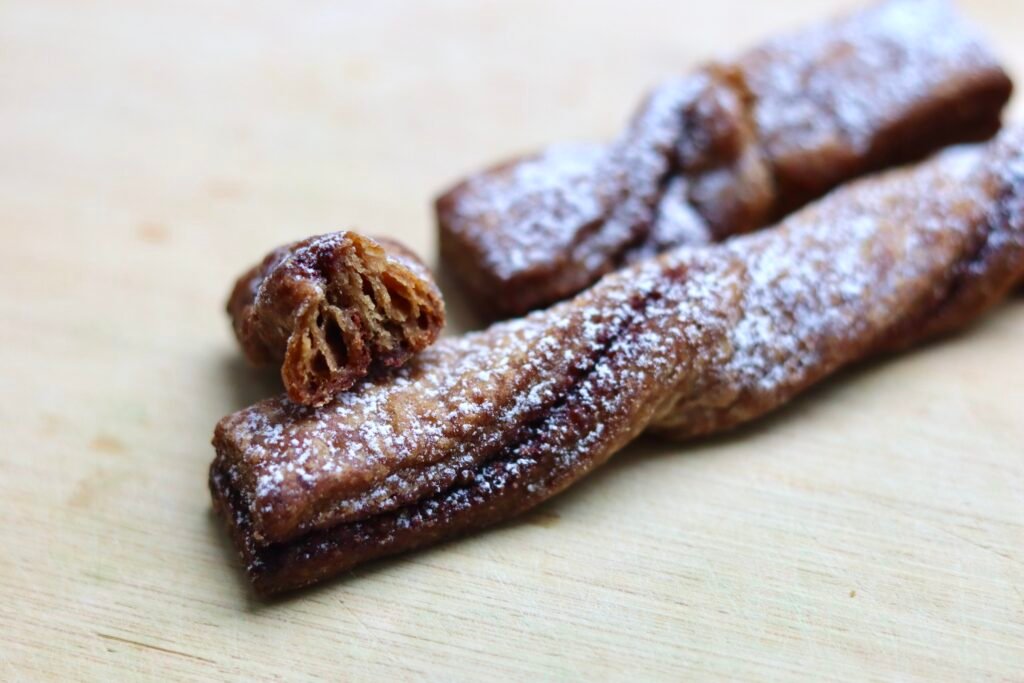
This trial-and-error journey not only fine-tuned the cinnamon twist recipe but also revealed MycoSpan™’s strong potential in bakery applications.
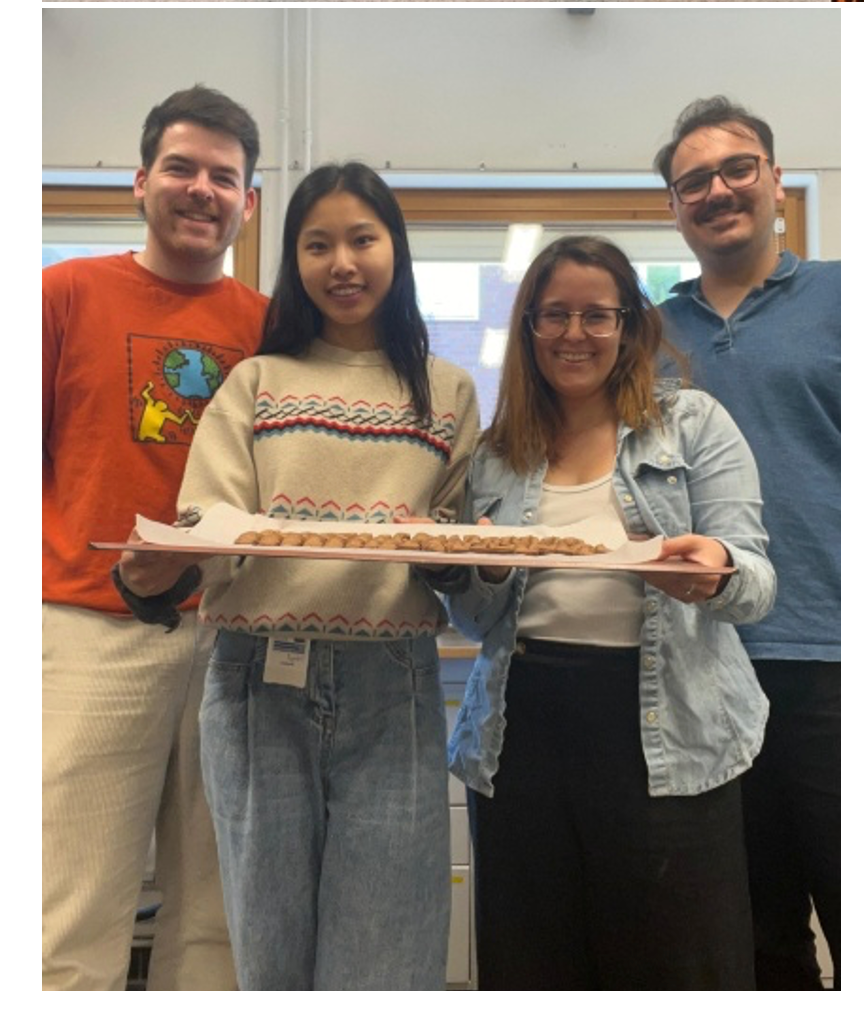
Sensory Tasting Results
Through sensory testing, texture and mouthfeel emerged as standout qualities. The pastries’ distinct, layered structure—created through careful folding—resulted in a flaky, satisfying bite that participants loved. The naturally darker hue from the fermented wheat was seen as rustic and artisanal, while cinnamon was the dominant, most popular aroma.
The subtle tang and slight sourness from fermentation sparked mixed reactions but added an intriguing complexity. Overall, the cinnamon twists scored highly for texture, flavor, and overall taste, with many praising their unique yet familiar profile.
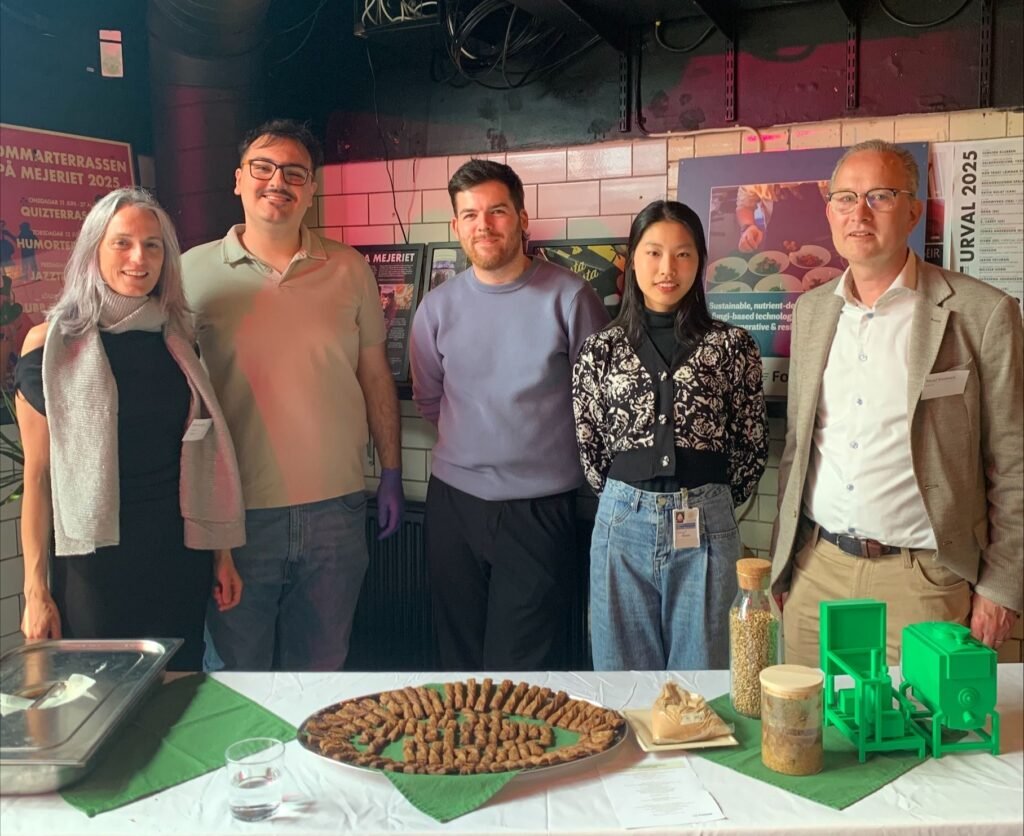
Public Debut at UNEXPECTED
The students’ cinnamon twists made their public debut at the UNEXPECTED Arts & Science Innovation Forum in Lund, where over 200 visitors sampled them during the fika break. It was our first-ever sweet application of MycoSpan™, and the feedback was fantastic! (Read more about the event here.)
Following their project, the students even collaborated with us on developing a savory MycoSpan™ cheese spread, giving us a fresh perspective on new product ideas.
What We Learned Together
This collaboration highlighted just how versatile MycoSpan™ can be. Its naturally nutty, fermented flavor not only complements sweet applications but also enhances the protein content and sustainability profile of baked goods. The students’ sensory evaluations provided valuable consumer insights that will help guide our future recipe development.
Their cinnamon twists and final presentation were a clear success—blending creativity, technical skill, and a deep understanding of how to work with upcycled ingredients. We truly enjoyed being part of the journey—tasting, giving feedback, and seeing their ideas evolve into something delicious.
And yes, their early explorations of a cheese spread have already impressed our team—we can’t wait to see how this concept continues to develop!
We’re deeply grateful to the EMFS program, Jeanette Purhagen, and Juscelino Tovar for guiding such an innovative team. Collaborations like this—between university kitchens and startup labs—are where innovation truly comes alive.
Thank you, Ana Clara, David, Shenying, and Philipp, for your hard work, curiosity, and creativity. Your cinnamon twists didn’t just taste great—they pushed the boundaries of what upcycled ingredients can achieve. We can’t wait to see how you’ll continue shaping the future of food.
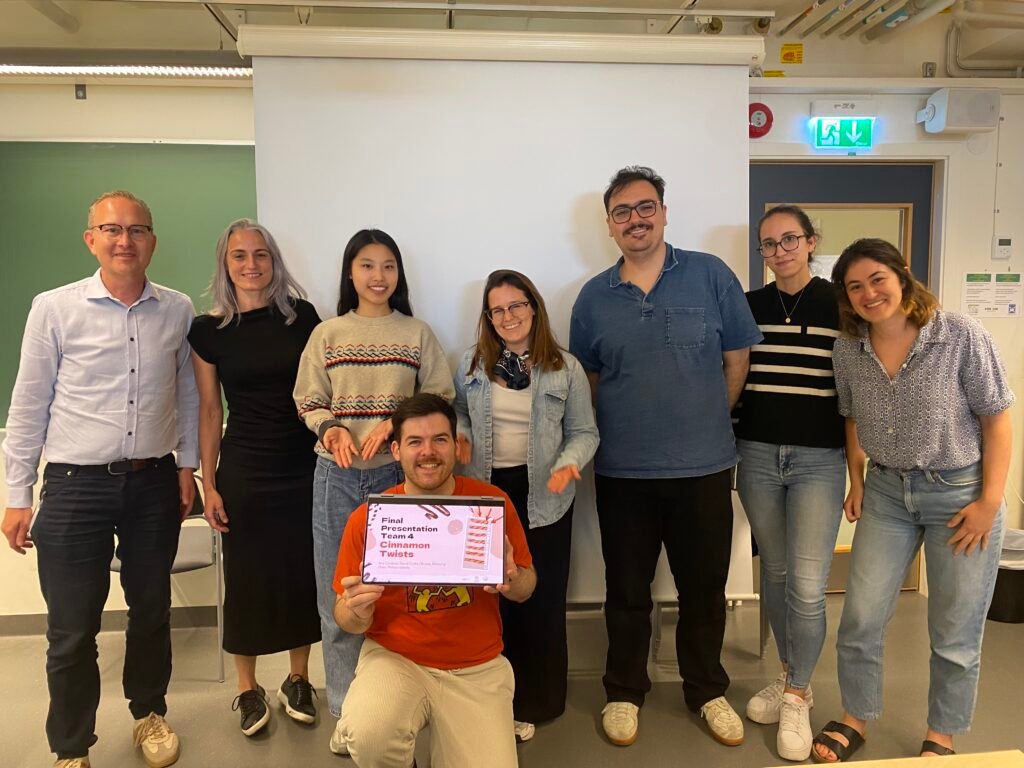
Thank you!
(No spam. Just real progress, when it happens.)

Leave a Reply